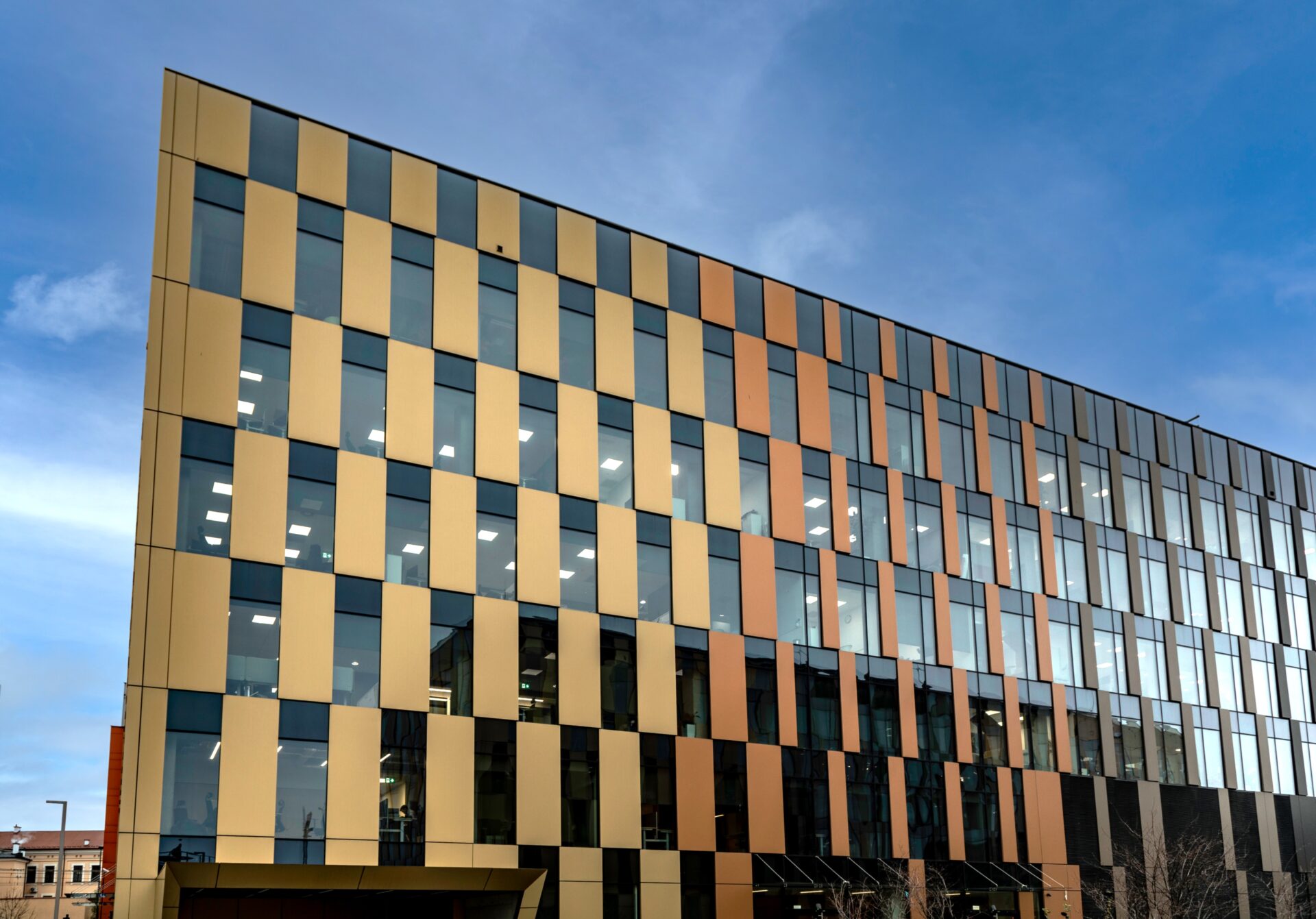Renewed confidence in the international real estate industry, first seen at MIPIM 2014, continued to grow at this year’s event and translated into significant increases in the size of delegations from key European countries, North America and Turkey, according to event organisers REED Midem.
With 93 countries represented and over 4,500 investors among the 22,000 delegates, MIPIM confirmed its position as the global market for a global real estate sector that is expected to see strong investment activity in 2015.
Word in the MIPIM exhibition halls was that while investors are cash rich, they are chasing a limited number of prime assets, leading to increased interest in what were previously considered second tier cities or specific real estate assets, including logistics and hospitality.
Meanwhile quality-of-life factors were high on the priority list of city administrators as well as office developers and managers who are increasingly focusing on the necessity to manage office assets and provide the optimal work environment for office occupiers.
According to data released during MIPIM by Cushman & Wakefield, global real estate investment this year is tipped to rise by 11 percent to €1.2 trillion, driven by the United States and Europe. “The 2014 pick-up was better than many predicted this time last year, but the 2015 outlook is stronger still, with the brakes now coming off the market,” said David Hutchings, Head of Cushman & Wakefield’s EMEA investment strategy.
And the signs of renewed confidence are evident across territories and sectors. In its European Office Market Report, covering 39 of Europe’s cities, BNP Paribas Real Estate noted that office investment in those cities hit €74 billion in 2014, the highest level since 2007.
In Central Eastern Europe, logistics investment hit a new high last year at €1.7 billion, according to DTZ, while Savills predicts that equity-led property investors will this year inject some €172 billion into main European central business districts, up 7 percent on 2014.
In an increasingly competitive market, cities and urban administrators around the world are teaming up with neighbours to market themselves and develop joined-up development strategies particularly when it comes to transport infrastructure.
On the MIPIM exhibition floor, new US and Canadian pavilions reflected growing participation from North America. US company attendance this year is up 15 percent (219 companies), while Canadian attendance has grown 80 percent (72 companies).
Among the US delegation was pension investor Employees Retirement System (ERS) of Texas which has some €2.3 billion invested in real estate. Speaking at MIPIM, ERS Real Estate Portfolio Manager Adam Cibik said that while 80 percent of the company’s portfolio is currently domestic, he is now looking at opportunities in South America and Asia, particularly India, as well as Turkey.
US and Canadian investors, including MIPIM attendees Blackstone, Carlyle, WP Carey, Lone Star, Ivanhoe Cambridge, and Healthcare of Ontario Pension Fund, have been particularly active in Europe with the UK real estate sector attracting €21 billion from US investors in 2014 and France a further €7.2 billion.
“This year we have been encouraged by the growth in the size of the US delegation,” noted Filippo Rean, Director of MIPIM organiser Reed MIDEM’s Real Estate Division. “Given the importance of the US domestic real estate market, the state of the country’s economy and the size of the US investment funds, there is huge potential to grow the American presence at MIPIM in the future and we intend to ensure that the importance of the United States’ real estate industry is reflected here at MIPIM.”
One of the most talked-about innovations at this year’s MIPIM was the decision to focus attention on the Digital Revolution, ranging from Smart Cities to the use of Big and Open Data, by way of crowd funding and the sharing economy.
“All of us in real estate, regardless of asset class or category, will be transformed by digital innovation in the coming years,” commented Chris Marlin, President of Lennar International which sponsored a well-attended ‘Digital Economy Challenges Real Estate Sector: Disruptors at the Door’ event. Marlin advised the industry that it is time to “strap in, buckle up and get ready for the wildest of wild rides.”
Among the most obvious impacts that the digital era is having on real estate is the development of hyper-connected, digital-friendly offices, making office management more efficient and providing an agreeable work environment.
“The Digital Revolution has already had a major impact on international industries such as transport, tourism and healthcare,” said Reed MIDEM’s Filippo Rean. “These are still early days, but it will play an increasing role in the real estate sector, for example with the growth in crowd funding and MIPIM has a duty to bring the digital world together with the real estate community.”







